how to slide on slippery surfaces
a collection of sloppy fieldnotes, sticky thoughts, and soft connections
The founding idea of the project started with a conversation about substances, textures, and materials that make us feel curious and playful. As Anouk works consistently with materials that evoke bodily responses and Iulia writes about such encounters, the project unfolded organically by their intersection. The notion of mâzgă came about, which offered manifold possibilities for further research, especially in the context of oceanic spaces and transitional waters. Slime-like textures are usually a discharge of protein, carbohydrates and fat from microscopic algae and amoeboid organisms. For the period of the residency we planned to collect, gather through encounter and forage such slimes while being responsive and attentive to what living matter can teach us about and beyond the local landscape.
Our shared methodologies start from and with the material — through embodied intimate experiences [tactile research, microscopic analysis] which have profound impact on our memory and heritage. Slime is fluid, gooey, sticky, sloppy, slippery. It has queer form, its eerie movement defying matters of categorisation as it is neither a plant, nor an animal, nor a fungus.
Using methodologies otherwise makes space for undesired, gross and repulsive matter, while also putting focus on material remnant/excess that exists on the peripheries and margins of specific bodies of water [sweet, salty, brackish]. We hope that this document can be a proof of the material correspondences we have carried out in the field, and the encounters that still live within us as we move on towards other fields of [affective] research.
on field
Several questions have been haunting us before entering the field, as our preparatory research has been conceived without the situated knowledge of the fields we were about to enter.
How do we arrive to the field? What are the tools that guide us through the landscape? How can we do research without harming the environment? Is our presence in itself already damaging the life of [in]visible [to the naked eye] organisms? What if we do not encounter what we expected to see/feel/hear/touch? Can we even write about/from/with the specificity of the location and texture?
To say we felt prepared for such an endeavour would be deceiving, as we had no idea what we were about to meet, experiencing many ethical challenges in relation to ideas of extraction [foraging slimy materials], removal of microorganisms from various bodies of water [NIOZ kelp containers, tidal flats, ponds, sea bodies], and the responsibility we have as [artistic] researchers to grasp the intrusiveness of such practices.
The spaces our bodies have accessed during the residency have been as perplexing as the materials we have gathered. Affectively, we have floated between sticky, muddy sea floors, dry, stinky beaches, humid swamps, sterile laboratories, conference rooms and industrial sea ports, carrying tiny particles of each environment on our salty skins and in our pockets [sample bags]. For us the field represents a site ripe of tensions and confrontations — mostly textural — that moves and is moved continuously by ecological forces, drifting us alongside its ebbs and flows. Becoming with the field requires patience and nurture. [Re]learning how to sink, submerge, float, discharge, clog, stick, smear, and touch, can equip us as [artistic] researchers to trespass disciplines. Ingold’s way of addressing such matters has deeply resonated with us:
To convert what we owe to the world into ‘data’ that we have extracted from it is to expunge knowing from being. It is to stipulate that knowledge is to be reconstructed on the outside, as an edifice built up ‘after the fact’, rather than as inhering in skills of perception and capacities of judgement that develop in the course of direct, practical and sensuous engagements with our surroundings.
In the field we have tried to stick with our direct, practical, and sensuous engagements, avoiding to transform them into ‘data’. We did bring back questions, which we hope will encourage further ‘being’ and a different type of ‘knowing’, that does not fall into scientific and anthropological traps. The field demanded a milieu-specific analysis, that required “attention to the differences between perceptual environments and how we think within and through them as embodied observers.” Such analysis acknowledges certain thoughts that form in relation with the environment and further formulate how we imagine our communication within it. Our ways of moving in the field revolved around experiencing the idea of conceptual displacement and teaching us the affordances of our bodies in constant flow and interaction with the mud flats and the sea waters.
on form
On the microscope slide beneath the lens lies a small smudge of Saccharina Latissima, an algae more commonly known as sugar kelp. It is a sample we gathered at the NIOZ Seaweed Research Centre, from the cultivated seaweed bassins. Due to our lack of science lab experience, we accidentally break the cover glass and have to carefully avoid the cracks, in order to be able to see what lies underneath without damaging the microscope lens. While we are ready to give up on this seemingly failed experiment, we spot a particularity, a substance, a structure. On the edge of the seaweed smudge, a partially ruptured structure of two linked hexagonal shapes is situated. It stands out due to its geometry amidst a chaotic micro landscape — we love it. Further research on the hexagon teaches us that basically the whole of nature is in love with such structures. Bees and their honeycombs, the benzene molecule ring, the compound eyes of insects; all are hexagonally shaped structures.
The hexagon is often formed by a simultaneous pushing and pulling — it is a combination of forces and tensions that make up the six-angled polygon shape. These laws of physics are widely at work underwater, where sea creatures turn their soft membranes into honeycomb structured exoskeletons that provide durable protection yet remain lightweight:
Such processes, known as biomineralization, generate spectacular results in marine organisms called radiolarians and diatoms. Some of these have delicately patterned exoskeletons made from a mesh of mineral hexagons and pentagons: you might call them the honeycombs of the sea.
The microscopic honeycomb provided us with tools to think with and through the field; the combination of the laws of physics and the shell-building activities of organisms serve as a metaphor for our field experiences. There is a multitude of agential forces at work; the hexagon cell is a merging of the organism’s labour, the size of its body, the temperature of the environment and the laws of physics forcing the cell into its final shape. How the body makes the field and the field makes the body is what is at stake here. What are the tensions we encountered in the field? What parts of ourselves did we push into the field and what did the field push upon us? Did we manage to build our own cells while subjected to the forces of nature?
on content
- as proximity and closeness; building intimate entanglements with everything that is contained in the ecological milieu;
- as relation; what can we find in the field, living within, along and among wet-sticky-gooey pockets of matter? how does one trace the relations between textures, consistencies, forms and circulatory flows?
- as dynamics; what type of flows move between kins? coercive, resistant, emergent and submergent, attaching, detaching and reattaching;
- as encounters; how does agency constitute ties? as deviant [from what?] consistency/element/component that blocks/resists/escapes/jams known [human] ways of moving through the landscape;
- as in-between solidity and liquidity; what sticks, what pours out of a category? is there need to transgress when no boundaries are set?
- as peripheric; marginal but central to its encompassing situatedness
We connected with gooey textures as a resource for experiments, as a site of attraction, as a substance that triggered our sense of smell and prompted a tactility that lured us in, and pushed us away. We experienced what Sara Ahmed describes in The Cultural Politics of Emotion: an encounter with feelings of disgust as an ambivalent one. According to Ahmed, there is a component of desire towards the object that is deemed repulsive embedded in the phenomenon of disgust. She illustrates this affective reaction as a simultaneous ‘pulling’ in two different directions: disgust pulls us away from the object, a pulling that feels almost involuntary, as if our bodies were thinking for us, on behalf of us. In contrast, desire pulls us towards objects, and opens us up to the bodies of others.
While we submerged our bodies in the muddy sulphur sands and walked barefoot on the slippery tidal flats, we formed a relationship of proximity between the surface of our own bodies and that of the bodies we touched and were touched by. This relationship of proximity undoes the boundaries that allow the distinction between subjects and objects. We became part of the mud, the water and the algae, as much as they became part of us.
In this juncture our bodies were overtaken by the nonhuman other in a gulf of confusing affections. Simultaneously, we were overtaking the bodies of this other “in a temporary holding onto the detail of the surface of the object: its texture; its shape and form; how it clings and moves”. In the act of being in such a sensuous proximity with the nonhuman actors on our bodies, the haptic and affective forces and tensions were omnipresent. Through this closeness — the actual ‘being’ in the field and the confusion of boundaries — we perceived “how fieldwork is both a cut in the world and the experience of the world as it disorders and rearranges our work and selves”.
Ahmed argues that one cannot approach disgust as an immanent quality of an object. She challenges the idea of a material or objective quality that allows objects to be felt disgusting, but posits that appointing the label “disgusting” to an object is dependent on the historicity of the thing, its chain of significations and the temporality thereof. Being in the field, seeking to frustrate our epistemic capture, we attempted to refuse the act of 'othering' through the performance of disgust, but rather practise an openness – a possible intimacy – with the objects, textures and entities we encountered.
how the tips of my fingers still smell of sea clay
submerged, i slip on the mud flats of the North Sea
i do not yet know what will become of this union between my skin and
the sulphurous sticky substance that's wrapping around my feet
seeping through my toes
what i do know is that we've touched each other before
once i am in contact with you, i remember how we've embraced each others
corporealities
in a seemingly forgotten moment.
in a split second, a wave of memories sinks our reunion
a conflicted union
i take off my clothes to swim and you surprise me with your touch once the
tips of my feet reach the seabed
i try reaching you with my hands but the act of grabbing feels redundant
smearing you all over my body would be the only way towards our communion
so i do exactly that
to remember the times when this strong smell of sulphur
would sneak into the car as i'd pass by the Black Sea mud baths
and look out the window at the naked bodies covered in layers and layers of
mud
a palette of innumerable patches of grey
in various stages of being and becoming
your crust restricts my movements
embracement now feels similar to confinement
within the borders of my naive [un]knowingness
of what it feels like to belong in the landscape
affective taxonomy
Of all the different sticky species we encountered, their taxonomic categorisation remained a distant fragment of knowledge to us. Through conversations with biologists, we discovered the Latin names of a few of them. Even though this was valuable knowledge, it felt distant and limiting. Was this because we were entering a field of knowledge [biology] where we [artistic researchers] are not in the slightest deemed proficient? We approached this mutual feeling of lack [lack in our proficiency as taxonomists as well as lack in the restrictive aspect of taxonomy in general] and tried to take this further. Can we think of the materials that we found not in biological categorisation, but rather in their affective qualities; what feelings do they evoke? What do they do, rather than what they are? This would entail a shift from biological categorisation based on the physics, chemistry and behavioural qualities of an organism, towards a speculative categorisation based on affective qualities. In doing so, we are distancing ourselves from uncompromising descriptions of facts that undermine the dynamic qualities of organisms and their textures.
What kind of connections and affects arise through encountering various materials and what is vital to form material kinship? An affective taxonomy can be utilised as a visualisation of one's attachment to the materials, organisms, fields, and critters one is entangled with, by encounter and coincidence. Other questions that arose: how to avoid a display of ignorance as an artist dealing with scientific fields? To what extent can one take the liberty to 'make up' taxonomies, what are the boundaries of the hybrid artist/field researcher's imagination?
The idea of creating affective taxonomies is one in the making, and at the time of writing we are still in the process of finding ways to put these speculations into a practice constructed with care and responsibility.
on collaboration
Ever since before starting the FieldARTS residency, collaboration has been an ongoing discussion between us; something we wanted to try, both in the field and beyond it. Being classmates and friends, this collaboration came into play quite organically, as our research often intertwines, finding itself in constant fluidity and conversation. This knot [similar to the knot in the seaweed forms] only brought us closer to our artistic practices, merging the manifold trajectories we have been seeking for the past years. Together we have practised “a thinking that joins with things” rather than “a thinking that joins things up”; allowing our bodies to be drifted by the field. Following this thread, we did not want to pursue any concluding thoughts, as our collaboration is an ongoing process, as cycles never stop moving, and as winds keep energies in flow. We constantly observe how the field seeps into our research, even after months of being distanced from it. We recognise a drive for epistemologies and methodologies that not only make us understand ecology better, but that teaches us how to move forward in the world softly, with a touch of persistence. As such, we would like to stay tender towards the fields we encounter, and practice the following thought:
The best kinds of ontological amphibians are cosmopolitical nomads who tend to worlds as they move among them. They create niches, they cultivate, and they curate.
bibliography
Ahmed, Sara. The Cultural Politics of Emotion. 2nd ed. Edinburgh: Edinburgh University Press, 2014
Alaimo, Stacy. “The Naked Word: The Trans-corporeal Ethics of the Protesting Body”. Women & Performance: a journal of feminist theory. 20:1, 15-36, 2010.
Aranda, Julietta and Eben Kirksey. “Toward a Glossary of the Oceanic Undead: A[mphibious] through F[utures].” Issue 114. eflux, 2020. https://www.e-
flux.com/journal/112/354965/toward-a-glossary-of-the-oceanic-undead-a-mphibious-through-f-utures/
Ball, Philip. Patterns in Nature: Why the Natural World Looks the Way It Does. University of Chicago Press, 2016.
Dittel, Kris and Clementine Edwards. The Material Kinship Reader: Material Beyond Extraction and Kinship Beyond the Nuclear Family. Onomatopee, 2022.
Haraway, Donna J. Crystals, Fabrics and Fields: Metaphors That Shape Embryos. Berkeley: North Atlantic Books, 2004.
Ingold, Tim. Making: Archaeology, Anthropology, Art and Architecture. London: Routledge, 2010.
Ingold, Tim. Correspondences. Cambridge: Polity, 2021.
Jue, Melody. Wild Blue Media : Thinking through Seawater. Durham: Duke University Press Books, 2020.
Marr, Natalie, and Mirjami Lantto, Maia Larsen, Kate Judith, Sage Brice, Jessica Phoenix, Catherine Oliver, Olivia Mason & Sarah Thomas. “Sharing the Field: Reflections of More-Than-Human Field/work Encounters.” GeoHumanities. 2022.
Povinelli, Elizabeth A. “Geontologies of the Otherwise.” Theorizing the Contemporary. Fieldsights. January 13, 2014. https://culanth.org/fieldsights/geontologies-of-the-otherwise
Povinelli, Elizabeth A. “Routes/Worlds.” e-flux Journal. Issue 27. September 2011. https://www.e-flux.com/journal/27/67991/routes-worlds/
Streble, Heinz and Dieter Krauter. Das Leben im Wassertropfen Mikroflora und Mikrofauna des Süßwassers ; ein Bestimmungsbuch. Stuttgart: Kosmos Verlag, 2010.
-
soft, sticky and slippery mud [noroi moale, lipicios și alunecos] soft layer/sheet/skin, gluey or greasy which forms on the surface of certain foods or on the walls of their containers [pojghiță moale, cleioasă ori unsuroasă care se formează pe suprafața unor alimente sau pe pereții vaselor în care au stat anumite alimente]algae, moss layers etc. which cover humid-exposed stones and rocks [strat de alge, de mușchi etc. care acoperă pietrele, rocile expuse la umezeală]popular. sap/juice [tree sap] [popular. sevă, suc]*this term is preferred over ‘slime’ as it is more expansive and comprehensive, offering several ontological propositions upheld under one conceptual offering*taken from Romanian language [Iulia’s mother tongue, own translation to English]↩
-
As theorised by Dittel and Edwards in The Material Kinship Reader “the question of what composes the world around us drastically depends on how one is situated within that world, and in turn affects the who that one might be in relation with [...] Different experiences produce different ways of knowing, so understanding what material kinship can do as an entwined proposition depends on the conditions of one’s existence and one’s understanding of that existence.” [5-6]↩
-
As theorised by Elizabeth A. Povinelli in “Geontologies of the Otherwise” and “Routes/Worlds” otherwise as immanent derangements and rearrangements within arrangements otherwise as anthropology at odds with dominant and dominating modes of being.↩
-
during one of our online conversations with Michelle Bastian, the group has touched upon the idea of disciplinary trespassing/friction, i.e. not being bounded by the customs of your own field of research, but rather perform the customs of another [e.g. as part of our project we have performed being ‘scientists’, throwing ourselves in the lab space, looking at microorganisms under the microscope]↩
-
Tim Ingold, Making: Anthropology, Archaeology, Art and Architecture, 5.↩
-
Melody Jue, Wild Blue Media: Thinking through Seawater, 3.↩
-
Ibid. 3↩
-
as “a method of defamiliarization to make our terrestrial orientations visible” [Melody Jue, Wild Blue Media: Thinking through Seawater, 6]↩
-
Philip Ball, Patterns in Nature: Why the Natural World Looks the Way It Does, 168.↩
-
the idea of material kinship has been very useful in learning about relations between human and non-human, non-human and non-human bodies and the material traces they leave behind; what is listed above is a set of concepts and questions arising from our activities in the field [mostly Texel island, but also the industrial landscapes of IJmuiden].↩
-
As Stacy Alaimo posed in The Naked Word: The Trans-corporeal Ethics of the Protesting Body, trans-corporeality is a term “which emphasises the imbrication of human bodies not only with each other, but with non-human creatures and physical landscapes”, which remarkably connects to our experiences in the field.↩
-
Sara Ahmed, “The Performativity of Disgust” in The Cultural Politics of Emotion, 84↩
-
Ibid. 85↩
-
Natalie Marr, Mirjami Lantto, and Maia Larsen, “Fields Shared and Rearranged: An Introduction”, 2.↩
-
The idea of a shift in categorisation derived from an excerpt of the doctoral thesis of Donna J. Haraway on developmental biologist Paul Weiss, who in 1925 pioneered his field and forged himself an alternative to the reductive “inorganic” categorisation of biological phenomena, expressed in mechanistic terminology. Weiss argued that this categorisation entailed “nothing but translations of descriptions of facts into inorganic terminology” [Weiss, qtd. in Crystals, Fabrics and Fields by Donna J. Haraway, 148] and suggested a turn to a more organic, biological way of thinking taxonomies.↩
-
Tim Ingold, Correspondences, 13.↩
-
Julieta Aranda and Eben Kirksey, “Toward a Glossary of the Oceanic Undead: A[mphibious] through F[utures],” Issue 114 [October 2020], eflux.↩

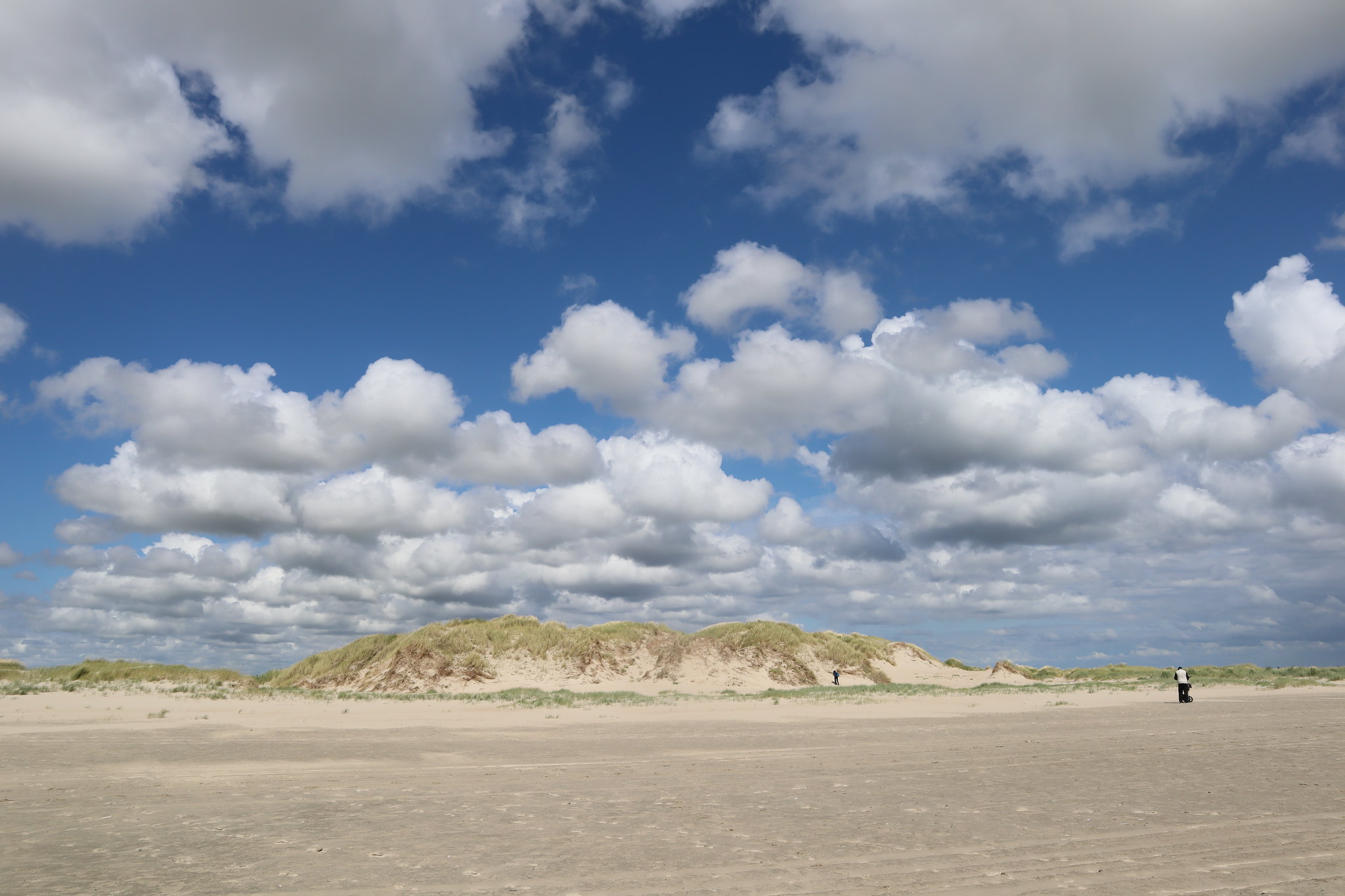
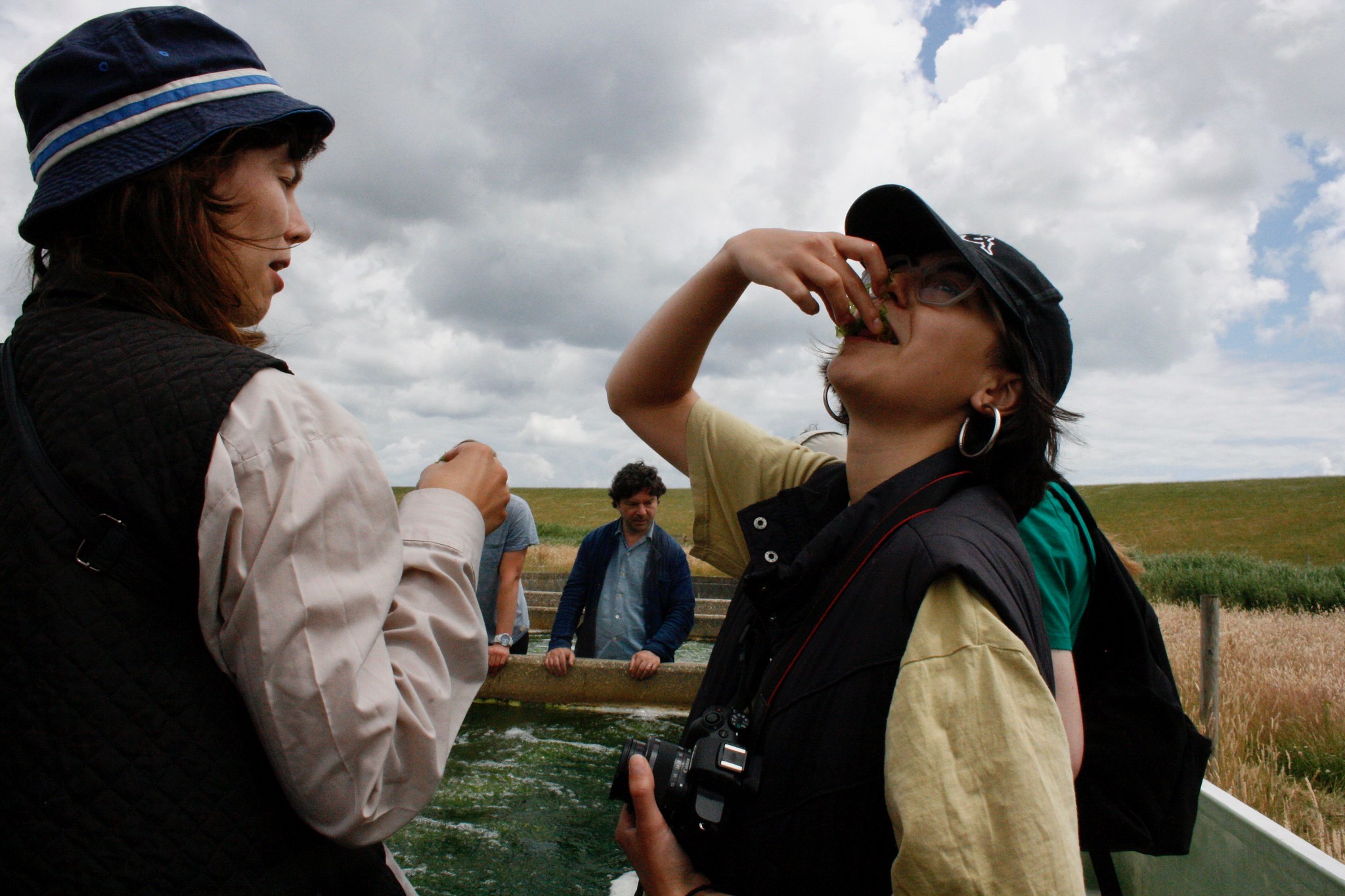



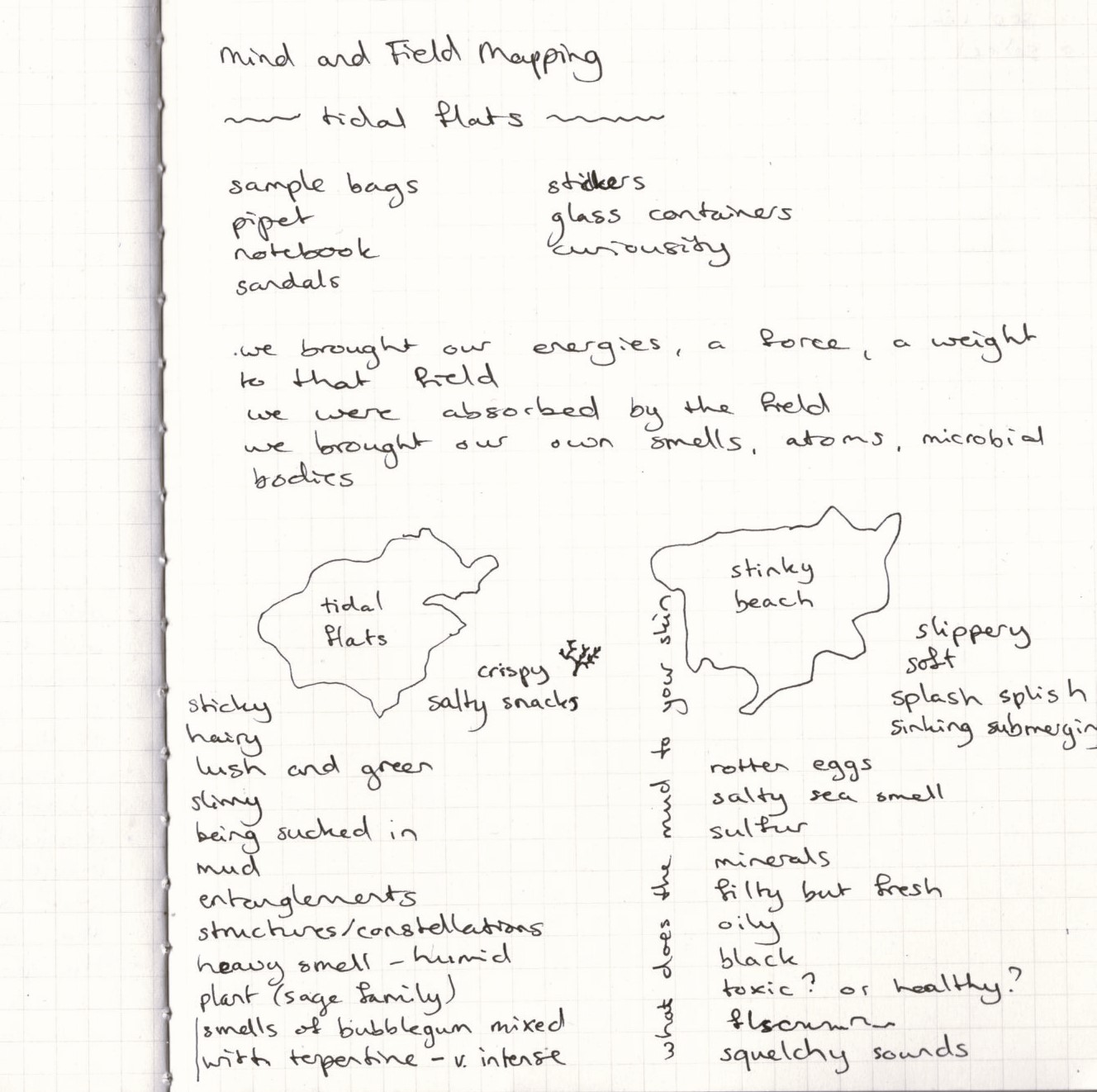

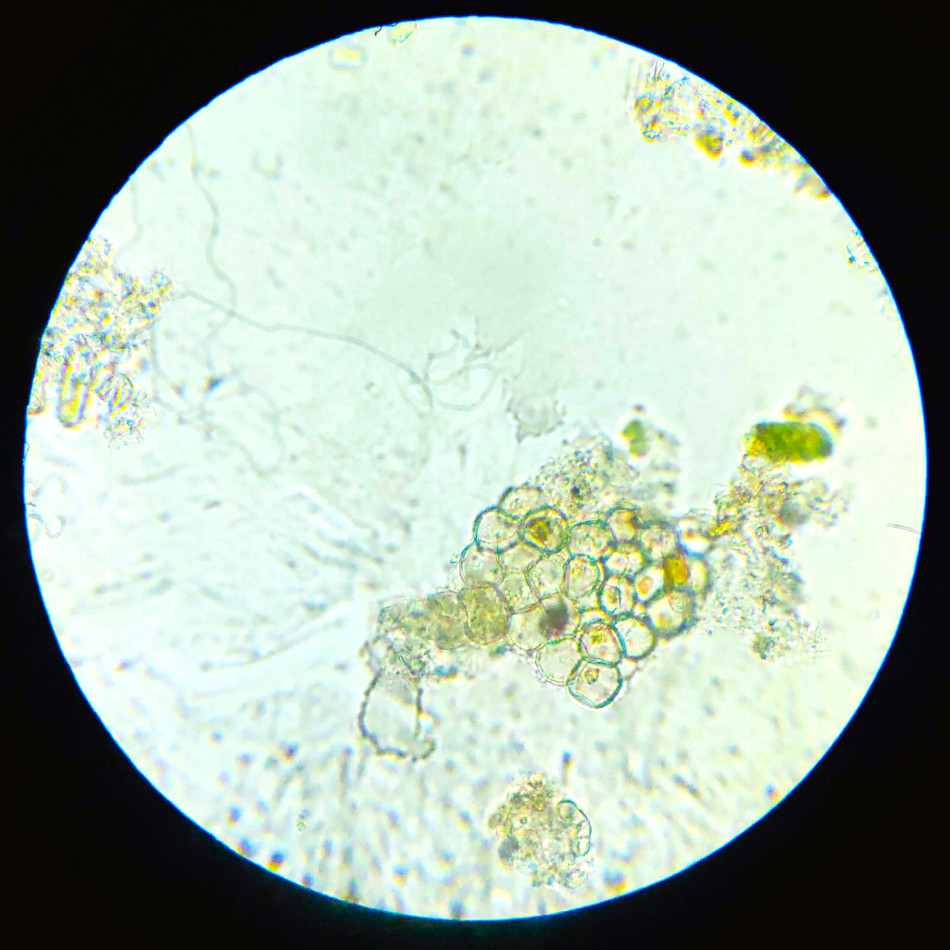
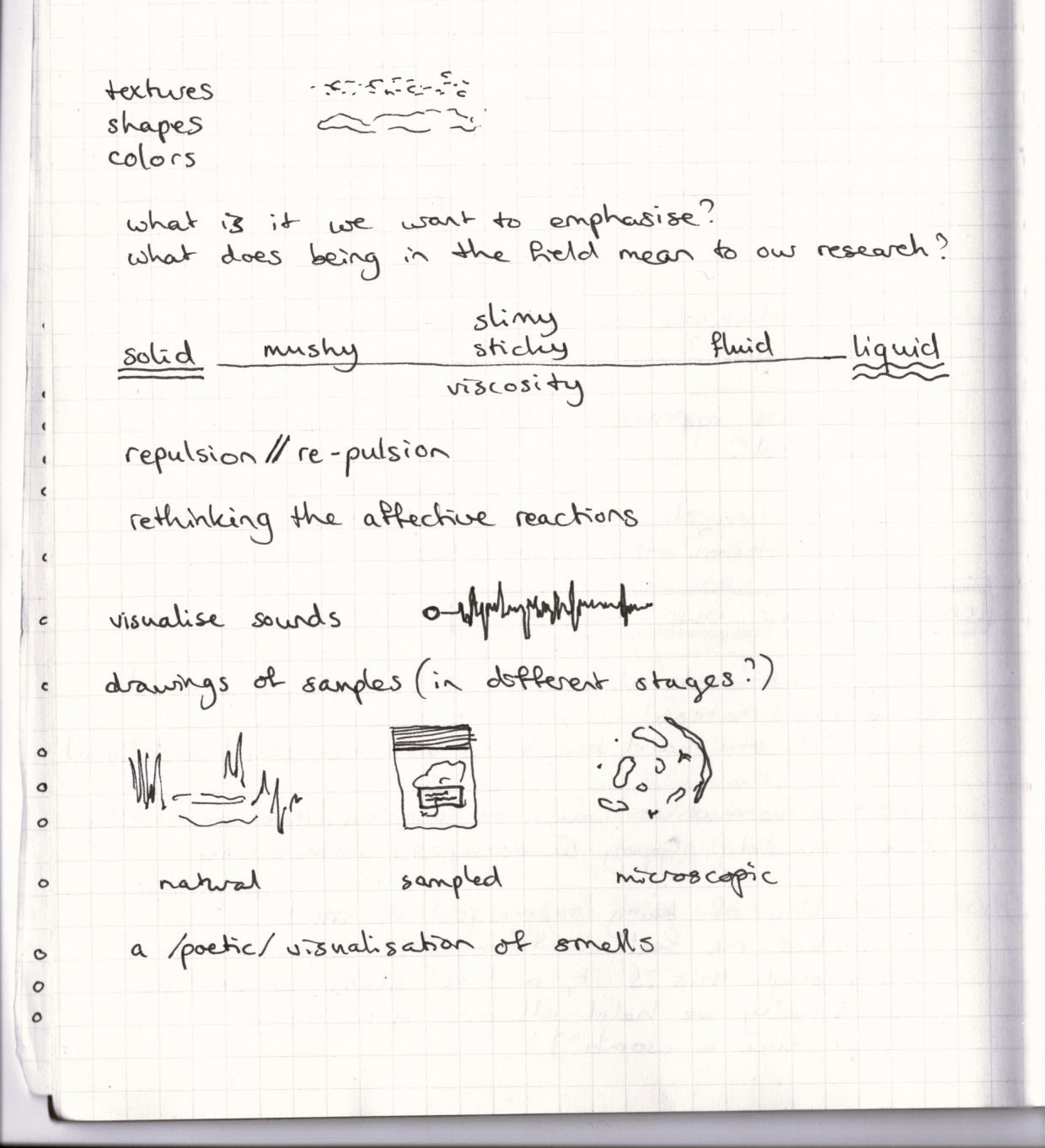
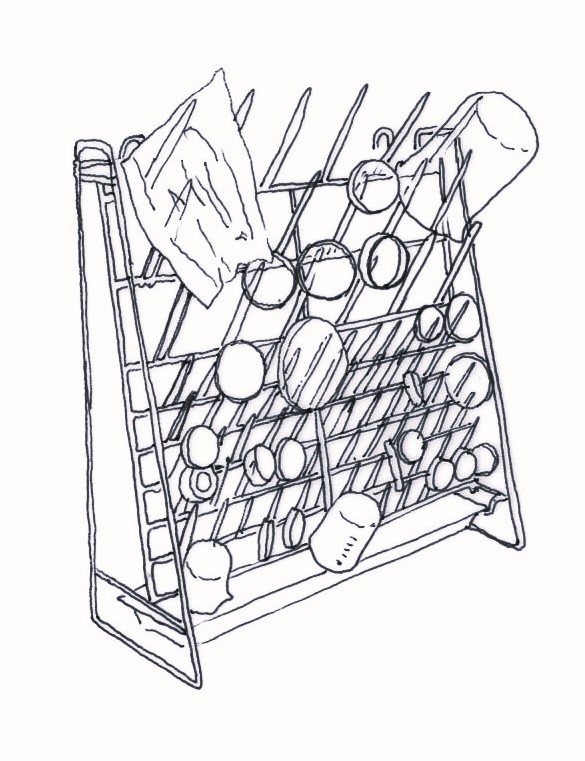
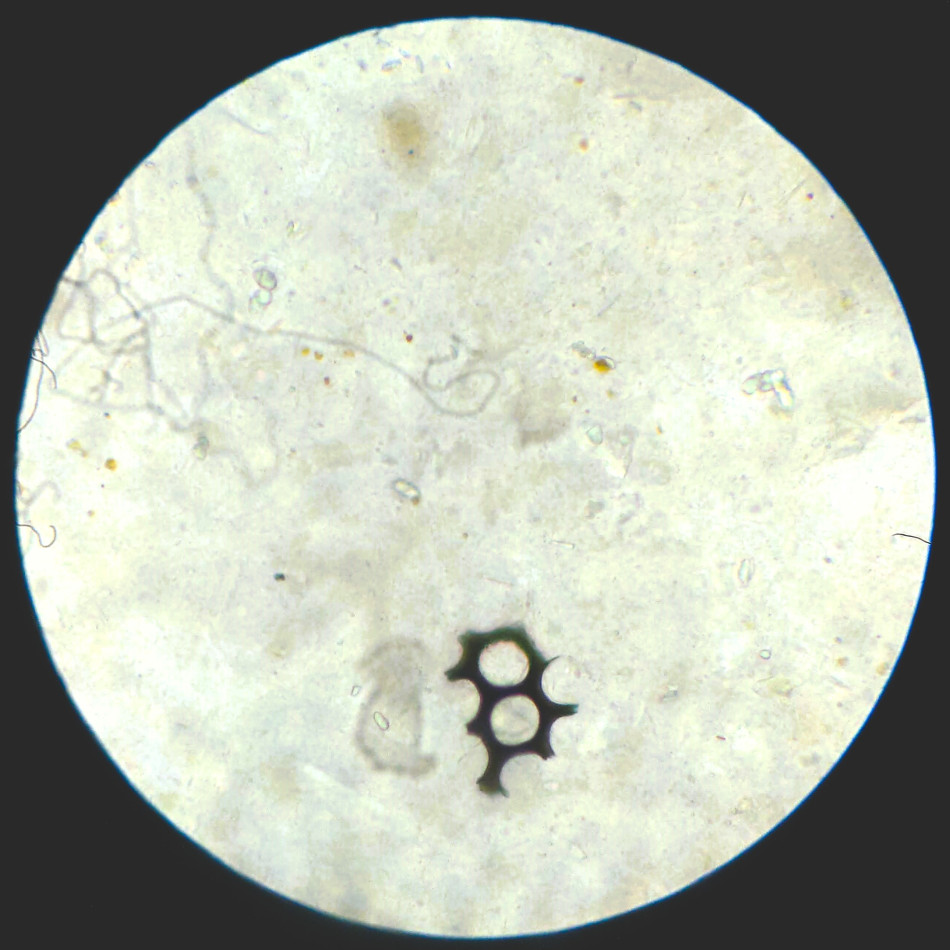
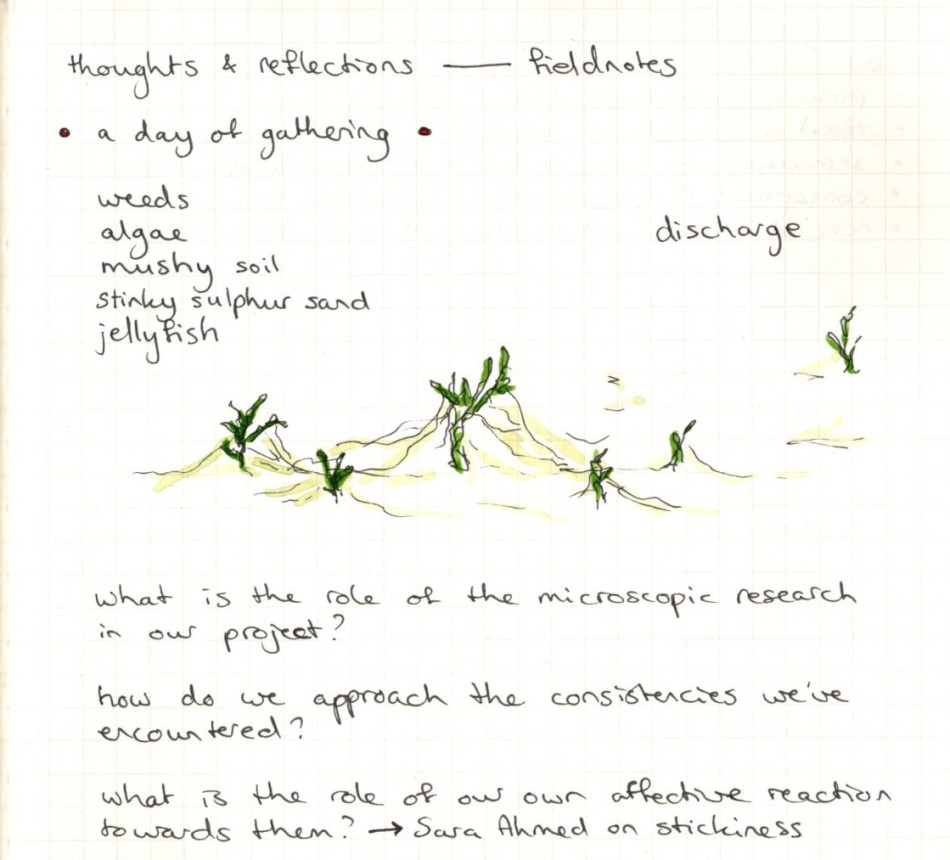
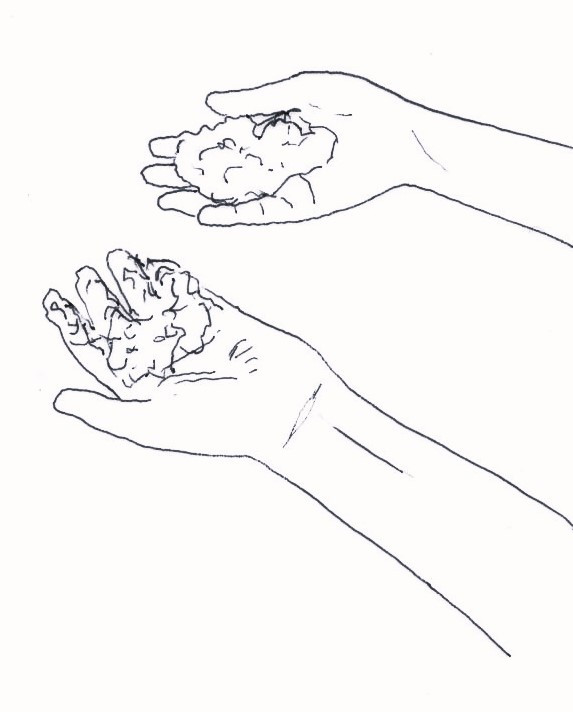
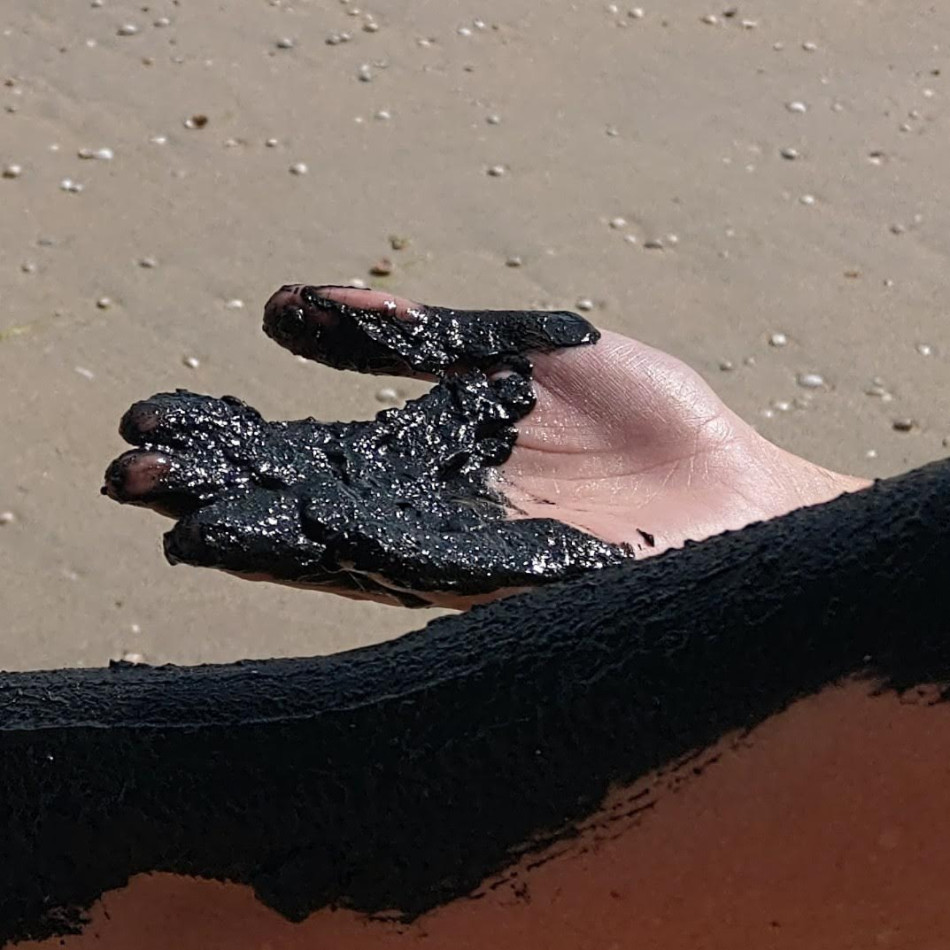

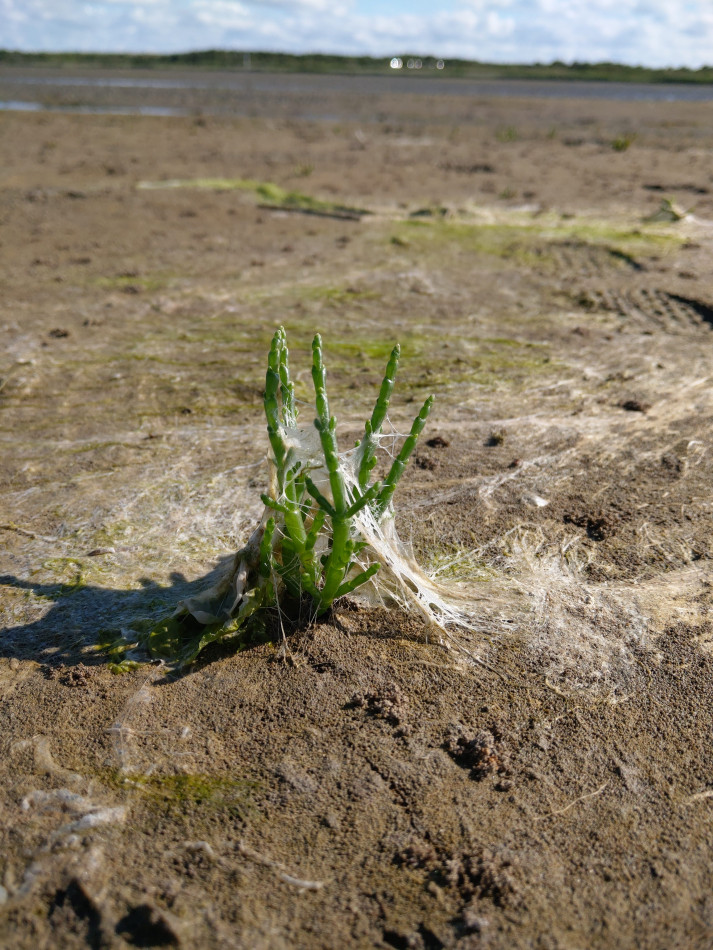
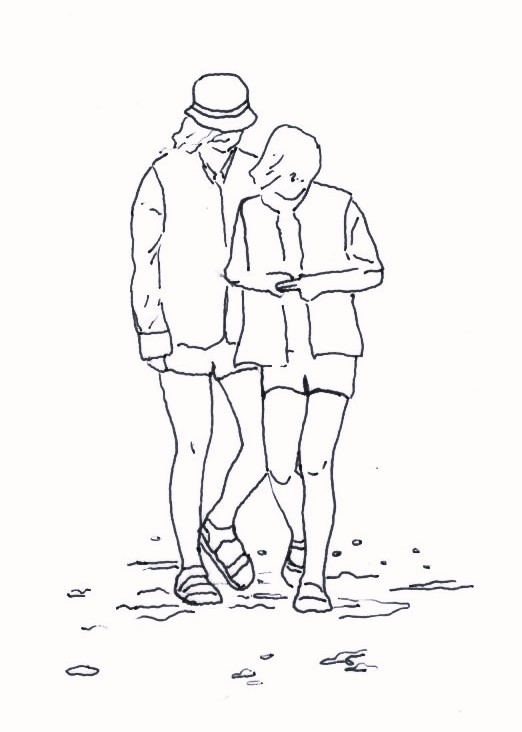
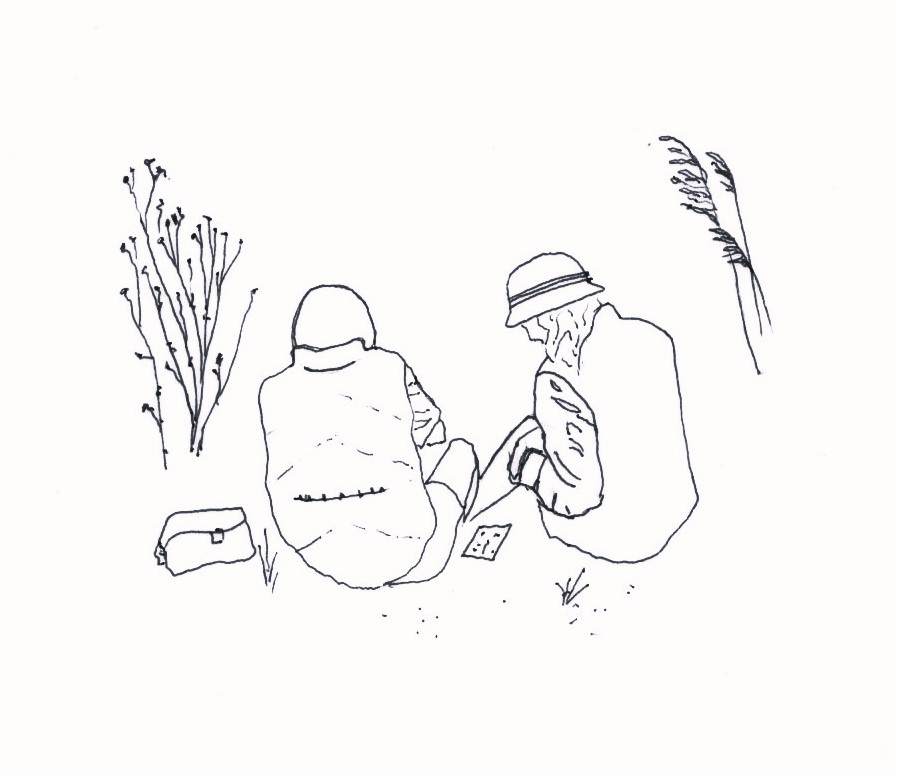
0 comments